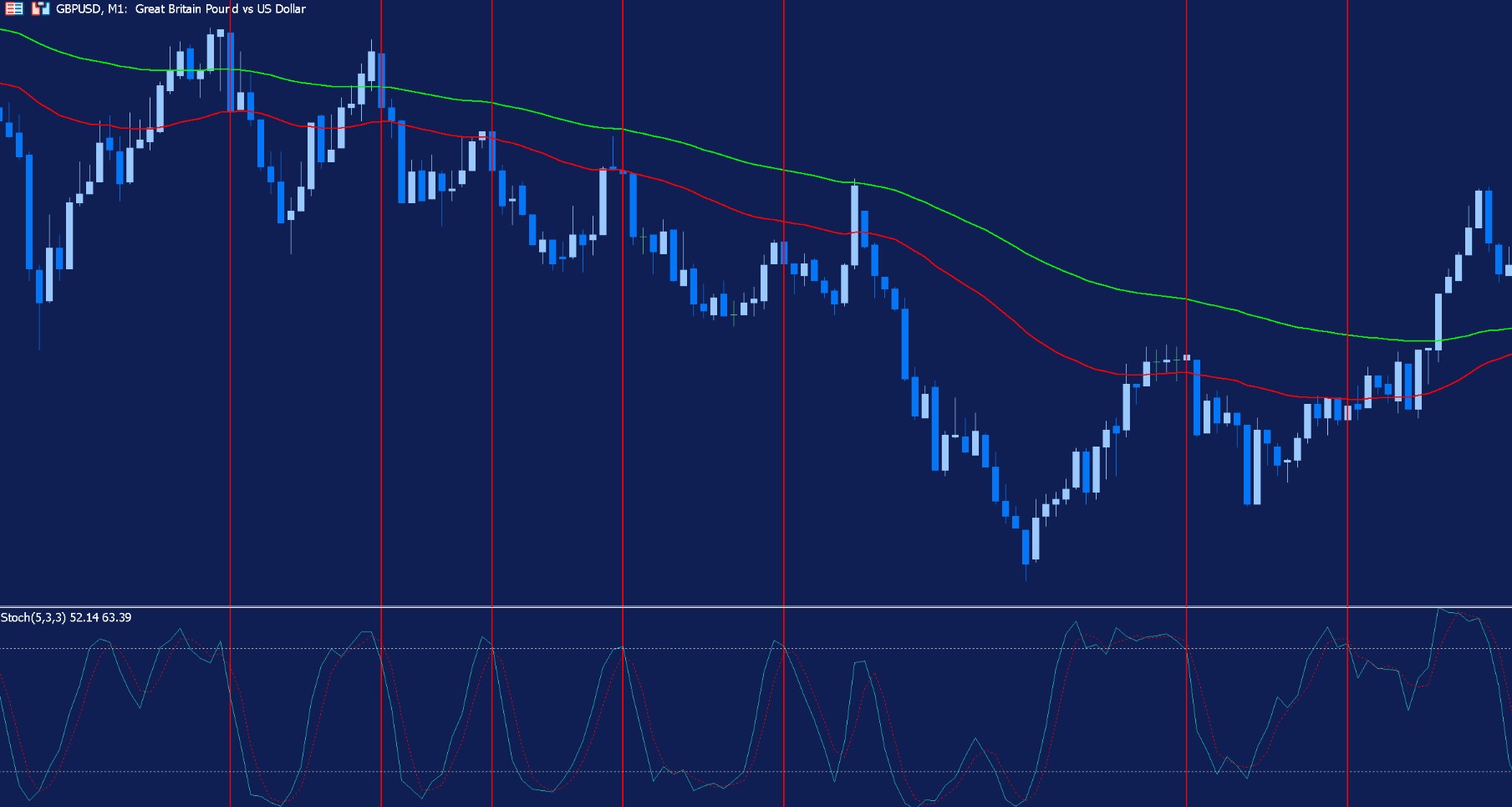Are you interested in maximizing your profits in forex trading? Look no further than scalping strategies, designed to help you make quick profits in the fast-paced forex market. In this article, we will explore the ins and outs of scalping, providing you with valuable insights and actionable tips. Whether you’re a seasoned trader or just starting out, these strategies can enhance your trading skills and boost your chances of success. Let’s dive in and uncover the secrets of scalping strategies!
Scalping Strategies: Quick Profits in Forex Trading
Scalping, a popular trading technique, involves making multiple quick trades to capture small price movements. Traders who employ scalping strategies aim to profit from short-term fluctuations in currency pairs. The primary goal is to accumulate small gains rapidly, leveraging tight stop-loss orders to manage risk effectively.
1. Scalping vs. Other Trading Strategies: Understanding the Difference
When it comes to forex trading, it’s essential to grasp the distinctions between scalping and other strategies. Scalping stands apart from long-term investing, swing trading, and day trading. While these strategies focus on capturing larger market movements, scalping prioritizes swift profits from small price fluctuations.
2. The Advantages of Scalping in Forex Trading
Scalping offers several advantages that make it an attractive choice for traders aiming for quick profits:
- Faster Profits: Scalping enables traders to lock in profits swiftly, taking advantage of short-term market movements.
- Reduced Exposure: By making quick trades, scalpers minimize their exposure to market risks and potential volatility.
- Increased Liquidity: Scalpers contribute to market liquidity by frequently entering and exiting trades, creating more favorable conditions for execution.
- Lower Capital Requirement: Scalping typically requires less capital compared to other trading strategies, as it targets smaller gains.
3. Essential Scalping Techniques and Tools
To succeed in scalping, traders must equip themselves with the right techniques and tools. Here are some key elements to consider:
- Chart Analysis: Utilize technical analysis tools to identify short-term trends, support, and resistance levels.
- Timeframe Selection: Opt for shorter timeframes, such as one-minute or five-minute charts, to spot rapid price movements.
- Risk Management: Implement strict stop-loss orders to limit potential losses and protect profits.
- Volatility Indicators: Employ volatility indicators like Bollinger Bands or Average True Range (ATR) to identify potential trading opportunities.
4. Best Currency Pairs for Scalping
When it comes to scalping in forex trading, selecting the right currency pairs is crucial. Liquidity and volatility are key factors to consider when choosing the best pairs for scalping. Here are four currency pairs that are often favored by scalpers:
| Currency Pair | Description |
| EUR/USD | The EUR/USD pair is the most liquid and widely traded currency pair in the forex market. It offers tight spreads and high liquidity, making it an excellent choice for scalpers. The pair is known for its responsiveness to short-term price movements, providing ample opportunities for quick profits. |
| GBP/USD | The GBP/USD pair is another popular choice for scalpers due to its volatility. The British pound and the US dollar often experience significant price fluctuations, creating favorable conditions for scalping. Traders can take advantage of these rapid movements to capture short-term profits. |
| USD/JPY | The USD/JPY pair is known for its liquidity and frequent price fluctuations. The Japanese yen is often influenced by market sentiment and economic news, making it an attractive pair for scalping. Traders can benefit from the pair’s volatility and capitalize on short-term price movements. |
| AUD/USD | The AUD/USD pair, also known as the “Aussie,” offers scalpers opportunities for quick profits. The pair is influenced by economic indicators from Australia and the United States, as well as commodity prices. Scalpers can take advantage of the pair’s liquidity and volatility to execute rapid trades. |
When trading these currency pairs, it’s essential to closely monitor market conditions, employ effective risk management strategies, and use appropriate technical analysis tools to identify potential trading opportunities. Remember, each currency pair has its unique characteristics, so it’s important to test and refine your scalping strategy accordingly.
Keep in mind that while these currency pairs are commonly favored by scalpers, there are many other pairs available for trading. It’s crucial to find the pairs that align with your trading style, risk tolerance, and overall trading plan. As with any trading strategy, practice, discipline, and continuous learning are key to success in scalping.
Frequently Asked Questions (FAQs)
- Is scalping suitable for beginner traders? Yes, scalping can be suitable for beginner traders, but it requires discipline and practice. It’s essential to start with small positions and gradually increase your trading size as you gain experience.
- What is the recommended timeframe for scalping? Shorter timeframes, such as one-minute or five-minute charts, are commonly used by scalpers. These charts provide more frequent trading opportunities.
- How many trades should I aim for in a scalping strategy? The number of trades depends on market conditions and your trading strategy. Some scalpers aim for a high number of trades per day, while others may focus on quality over quantity.
- Are there any risks associated with scalping? Like any trading strategy, scalping involves risks. It’s important to manage risk through appropriate position sizing, stop-loss orders, and disciplined execution.
- Can scalping be automated? Yes, scalping strategies can be automated using algorithmic trading systems. However, it’s crucial to thoroughly test and optimize any automated scalping system before deploying it in live trading.
- Are there any specific broker requirements for scalping? Certain brokers may have specific policies or restrictions on scalping. It’s advisable to choose a broker that supports scalping and offers competitive spreads and execution.
Scalping strategies offer traders the opportunity to profit from quick price movements in the forex market. By employing the right techniques, utilizing appropriate tools, and practicing effective risk management, traders can increase their chances of success in scalping. Remember to choose suitable currency pairs and select the appropriate timeframe for your trading style. With dedication, practice, and discipline, you can master the art of scalping and achieve quick profits in forex trading.

